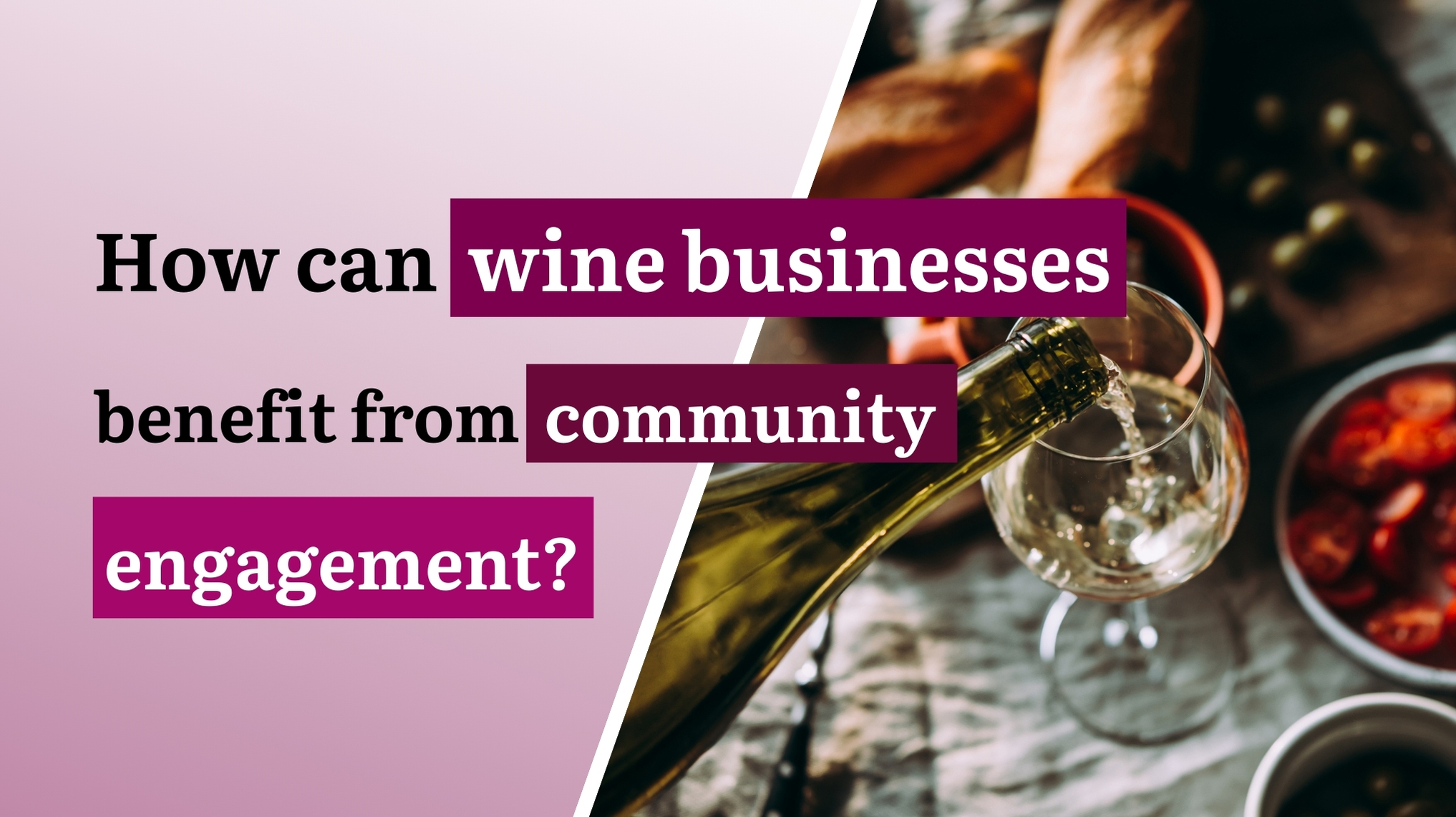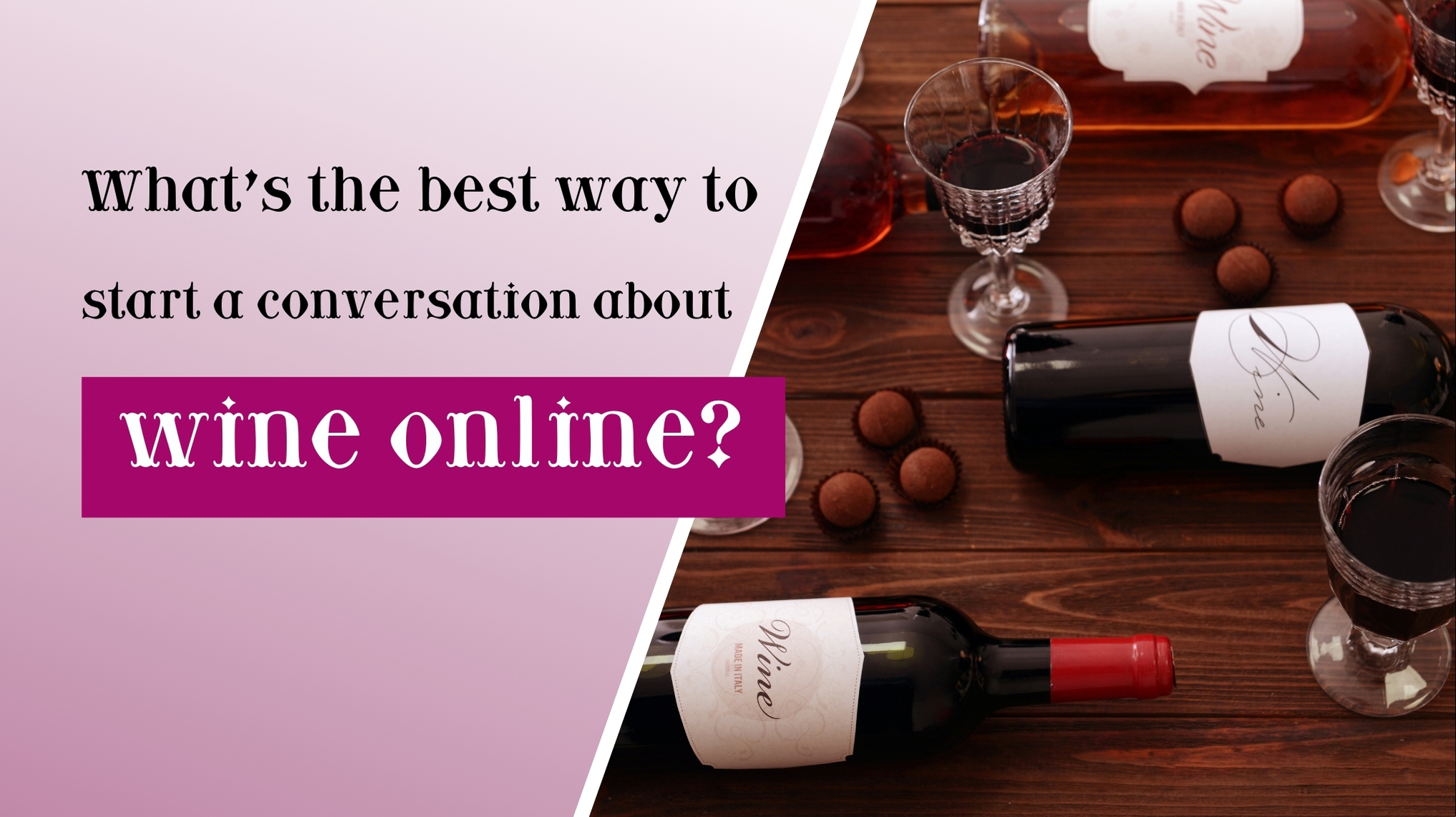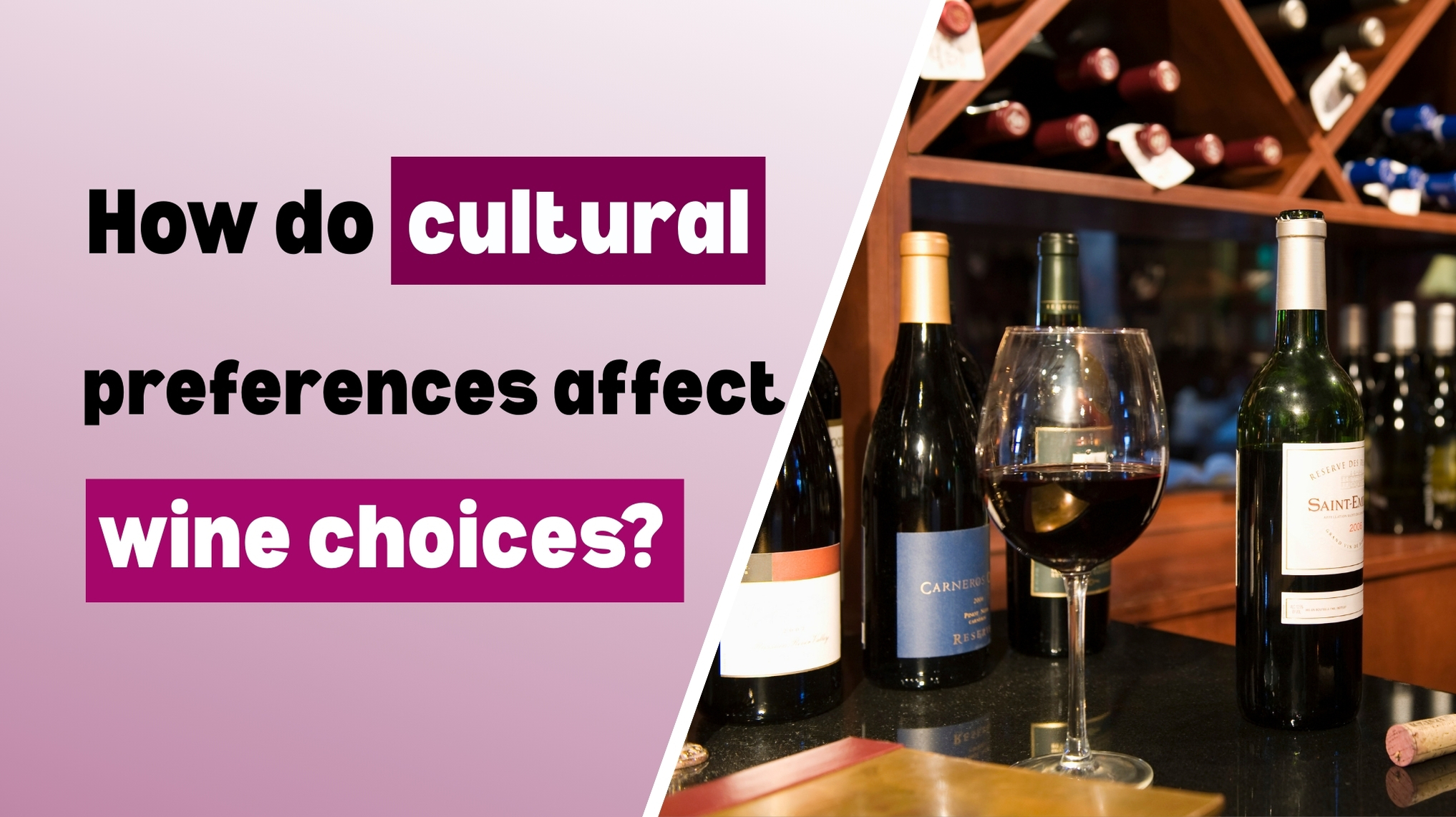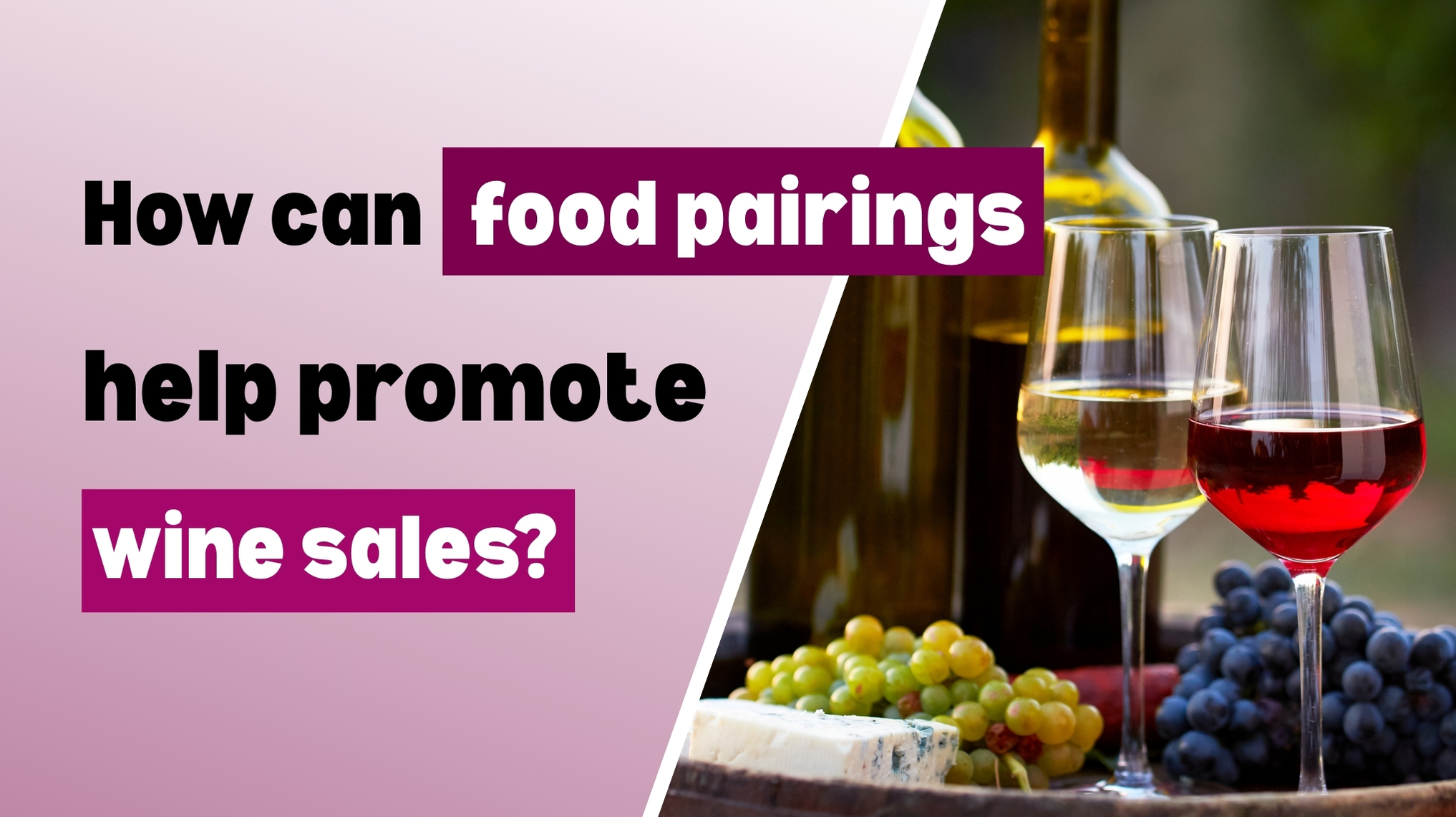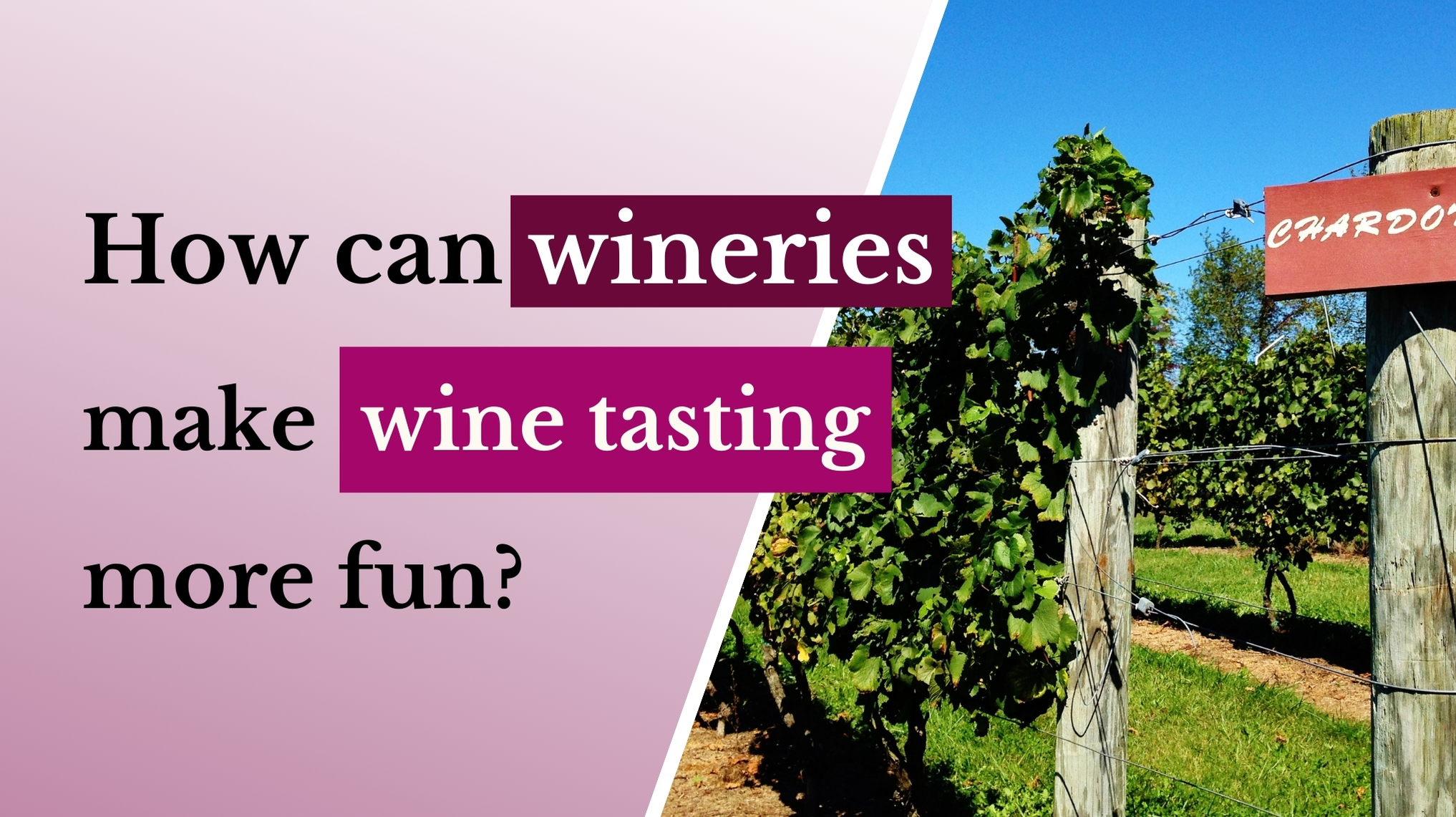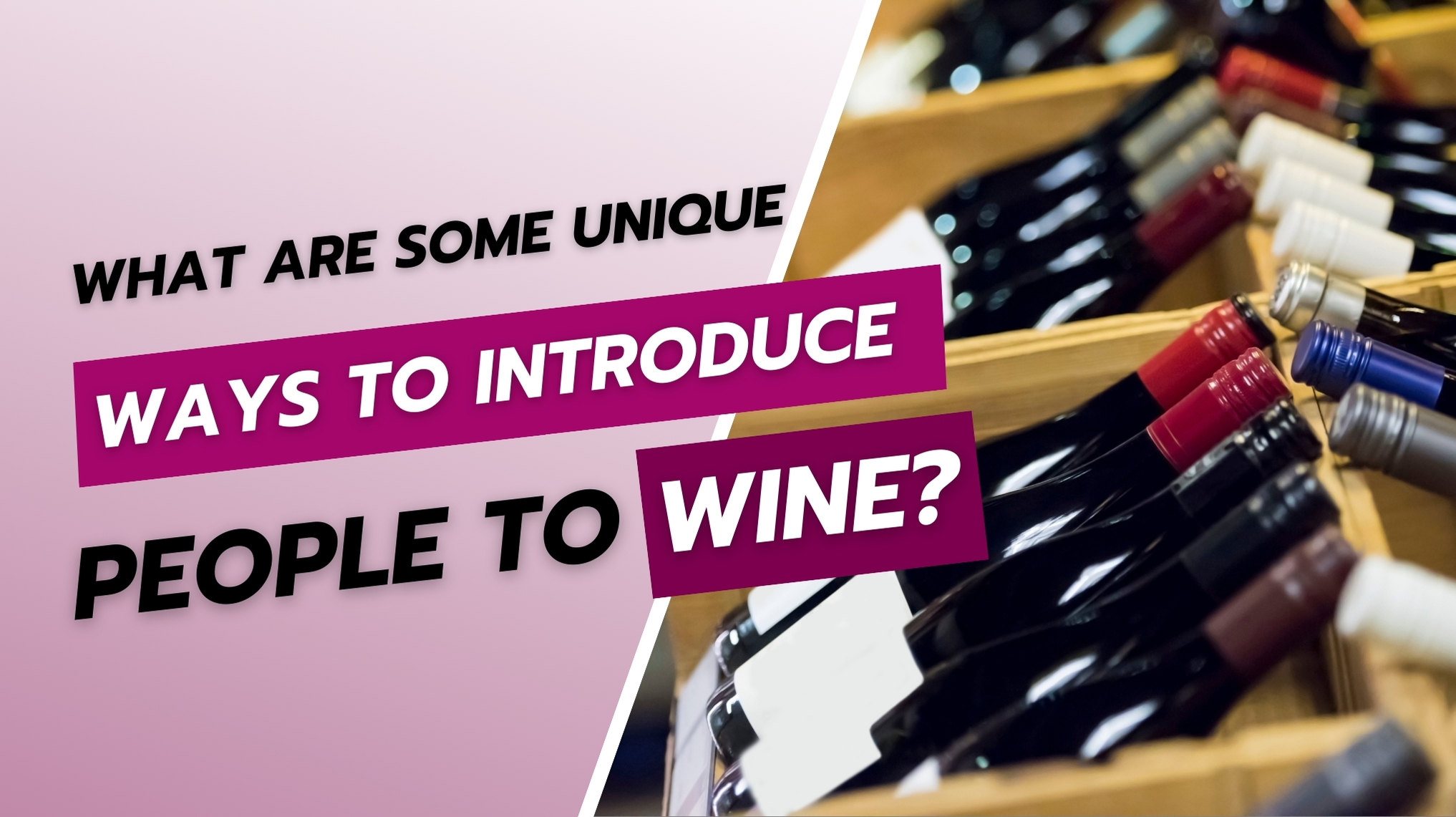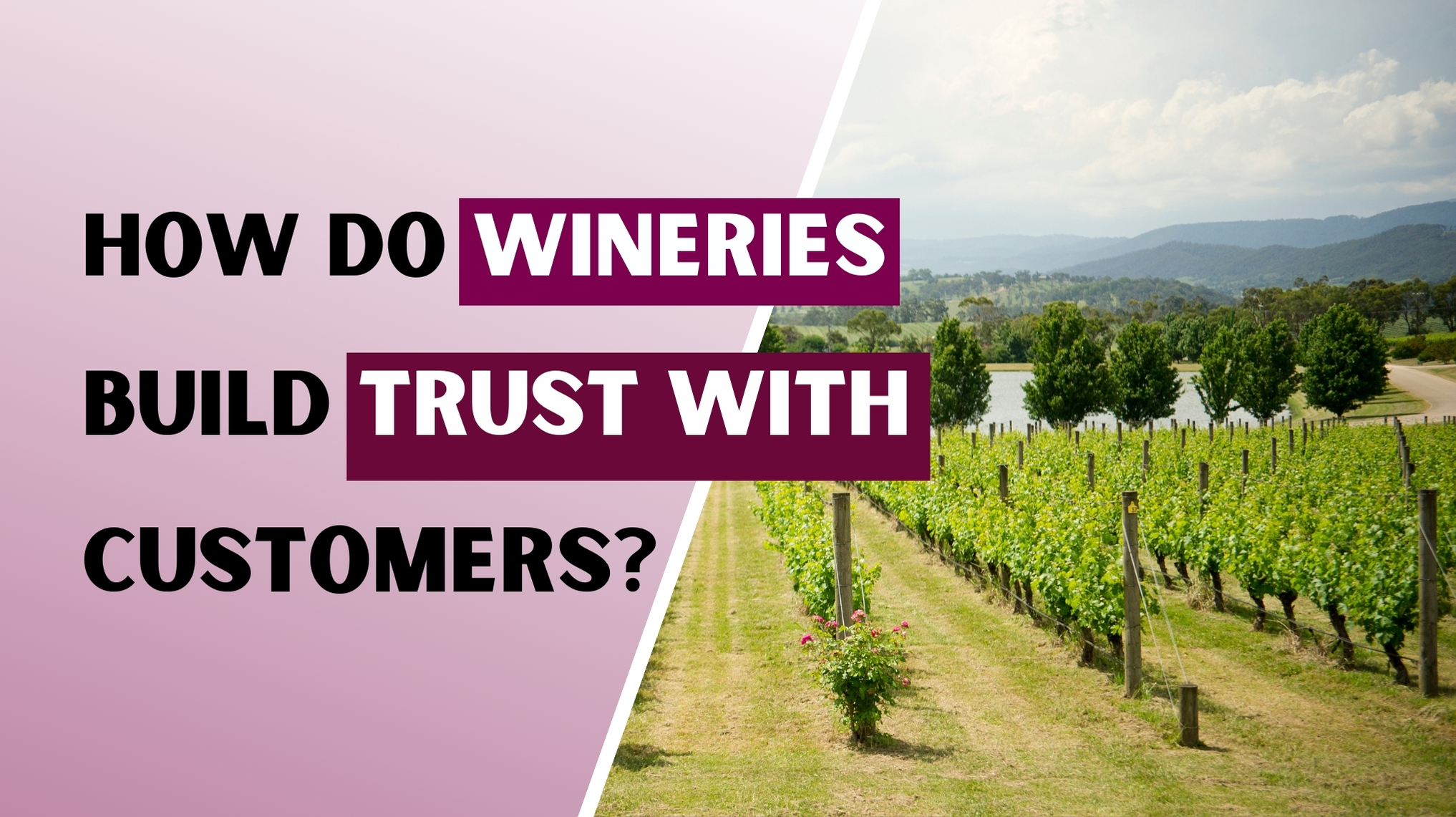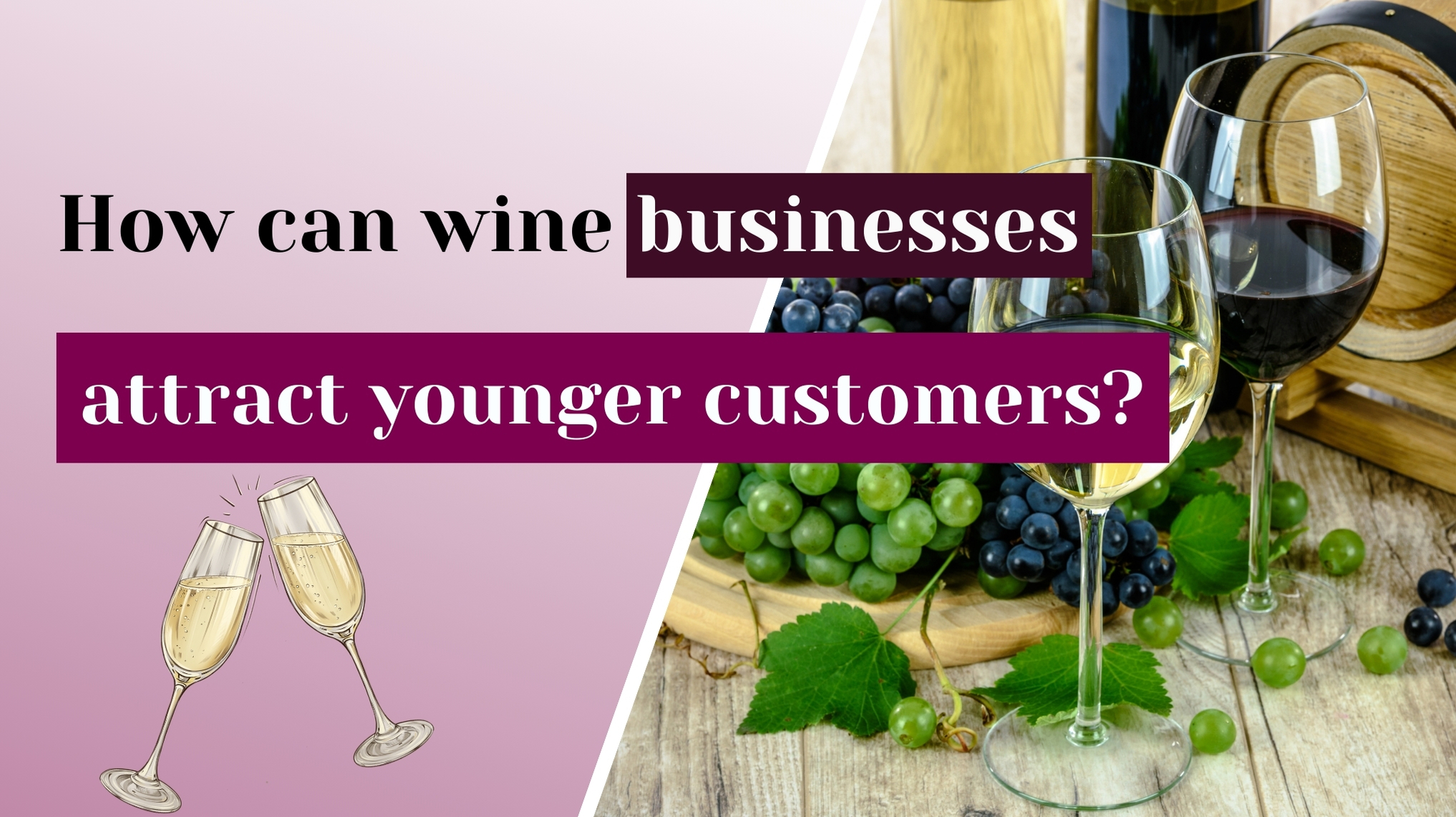How AI Is Transforming Wine Recommendations?
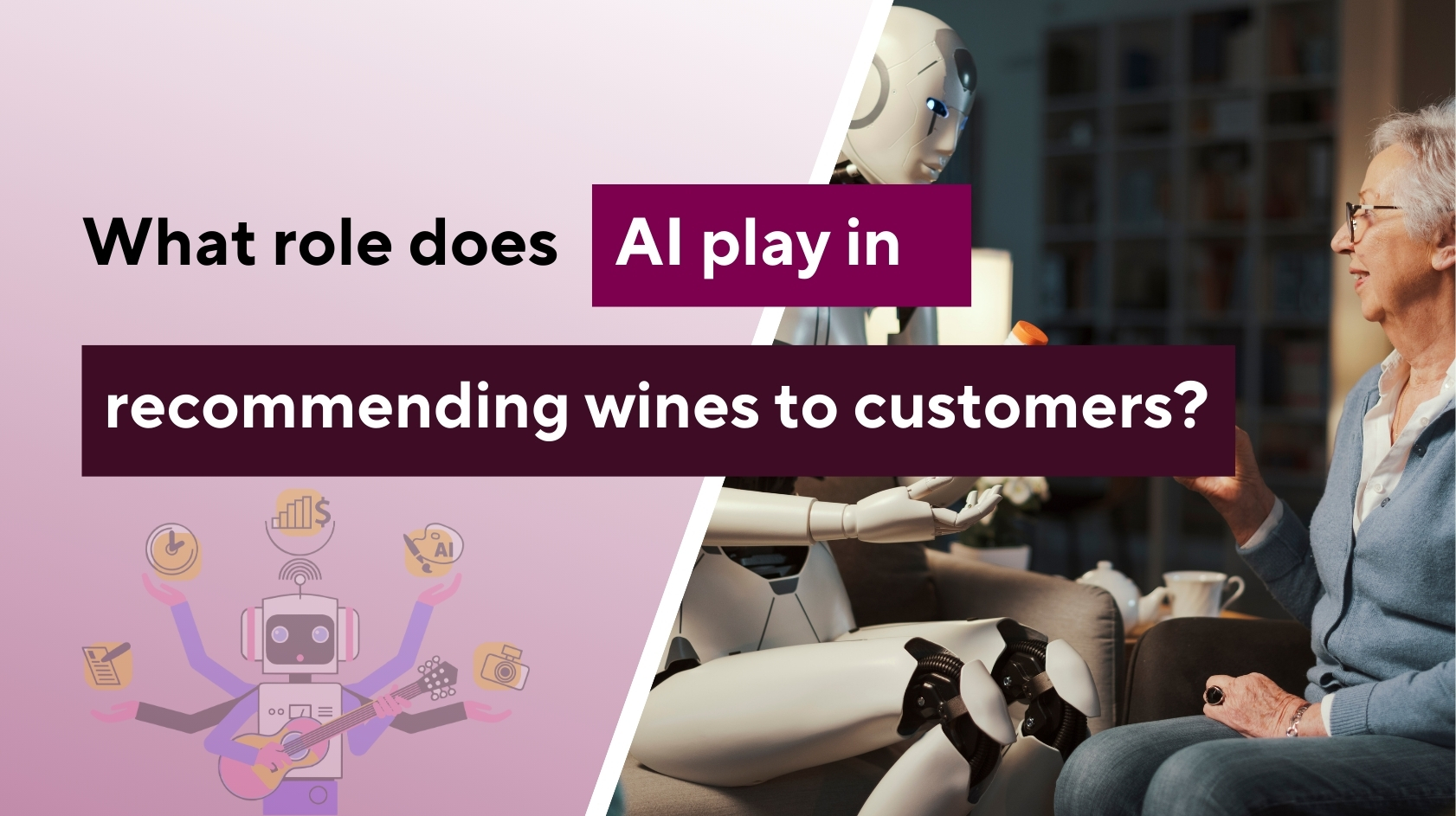
Introduction: AI and the Future of Wine Shopping
Choosing the right wine can feel overwhelming—so many bottles, flavors, and price points. That’s where artificial intelligence (AI) comes in. Today, smart technology is helping both new and experienced wine lovers find the perfect bottle faster and more confidently.
AI systems analyze data like your past purchases, taste preferences, and even food pairings to recommend wines you’re likely to enjoy. These digital “virtual sommeliers” make wine shopping more personal and enjoyable.
How AI Wine Recommendations Work
AI wine recommendation engines mostly use two methods:
Collaborative filtering: This suggests wines you might like based on what people with similar tastes enjoyed.
Content-based filtering: This recommends wines with similar features—like grape type, flavor, or region—to those you’ve liked before.
Many platforms now combine both approaches for better accuracy. AI also uses natural language processing (NLP), a type of technology that understands words. It scans user reviews, expert notes, and online ratings to learn how wines taste and what people say about them.
AI learns over time. So the more you use these tools, the better they get at matching you with wines you’ll love.
Where AI Gets Its Information
AI tools need lots of data to work well. They pull information from:
Millions of user reviews (like Vivino’s 150 million ratings)
Research datasets like X-Wines, with over 100,000 wines and 21 million reviews
Inventory records and food pairing notes
Your browsing and purchase behavior
Context clues like budget, occasion, or preferred wine style
Advanced AI systems use everything from basic math models to deep learning algorithms to understand and predict what wine you’ll enjoy.
Popular AI Wine Recommendation Tools
Here are some companies leading the way in AI-powered wine matching:
Preferabli: Offers AI tools to help stores and wineries recommend the best wines, beers, and spirits for each customer.
Tastry: Uses chemistry and AI to figure out your personal taste and recommend wines that match it.
VinoVoss: Acts like a chatbot sommelier—just tell it what you like, and it suggests wines for your budget, taste, or dinner plans.
Vivino: A popular app with millions of users. It raised $155 million to make its wine recommendation AI even better.
Perfect Pairing by YesChat.ai: Lets you upload a photo of your meal and get instant wine pairing ideas using image-recognition and AI.
Benefits for Wine Lovers and Wineries
AI doesn’t just help consumers—it also helps wineries and wine shops sell more effectively.
For shoppers:
You get better wine matches
You waste less money on bottles you don’t enjoy
You feel more confident about your choice
For wineries:
AI increases conversion rates (more people buy after seeing personalized suggestions)
It raises average order value (people buy more or higher-end bottles)
It helps plan inventory by predicting what wines will be popular
Challenges of Using AI in Wine
AI isn’t perfect. Here are some of the main issues:
Data gaps: If a user hasn’t rated many wines, AI has less info to work with. This is called the “cold start” problem.
Taste is personal: One person’s favorite wine might be another’s least favorite. That makes it hard to build a perfect model.
Technology costs: Smaller wineries might not have the money or staff to set up and manage AI tools.
Privacy laws: Collecting and using customer data means following strict privacy rules, especially in Europe.
What’s Next for AI and Wine?
AI is only getting smarter. In the future, you might see:
Voice assistants that give wine advice like a real sommelier
Multimodal models that combine text, images, and taste data for smarter matches
Real-time learning that improves suggestions based on your feedback instantly
Researchers are also creating more detailed datasets and smarter algorithms. The goal? Make every customer’s wine journey more personalized, fun, and rewarding.

